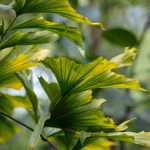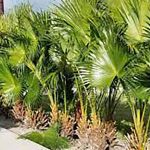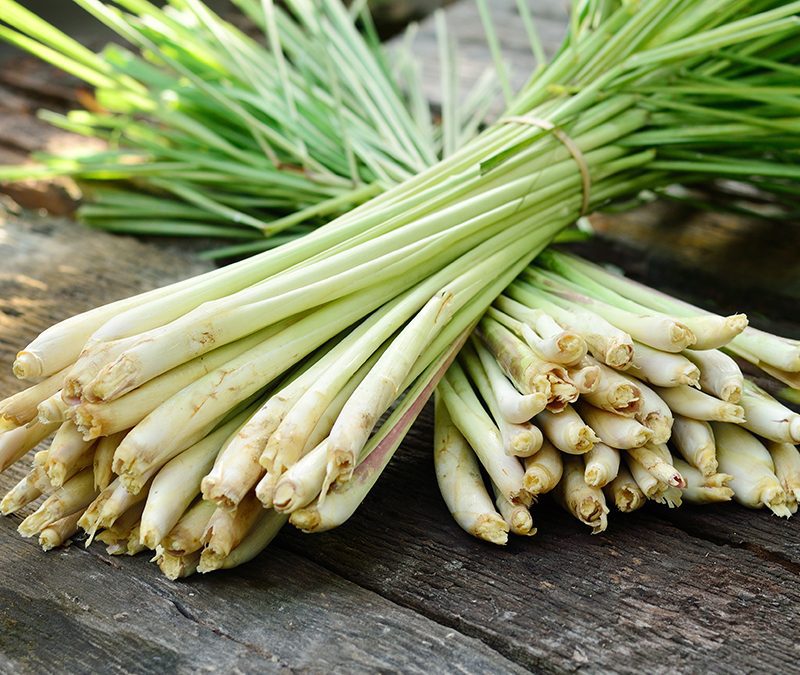
Nov 24, 2022
Cymbopogon, also known as lemongrass, barbed wire grass, silky heads, Cochin grass, Malabar grass, oily heads, citronella grass or fever grass, is a genus of Asian, African, Australian, and tropical island plants in the grass family.[5][6][7][8][9] Some species (particularly Cymbopogon citratus) are commonly cultivated as culinary and medicinal herbs because of their scent, resembling that of lemons (Citrus limon). The name cymbopogon derives from the Greek words kymbe (κύμβη, ‘boat’) and pogon (πώγων, ‘beard’) “which mean [that] in most species, the hairy spikelets project from boat-shaped spathes.”[10] Lemongrass and its oil are believed to possess therapeutic properties
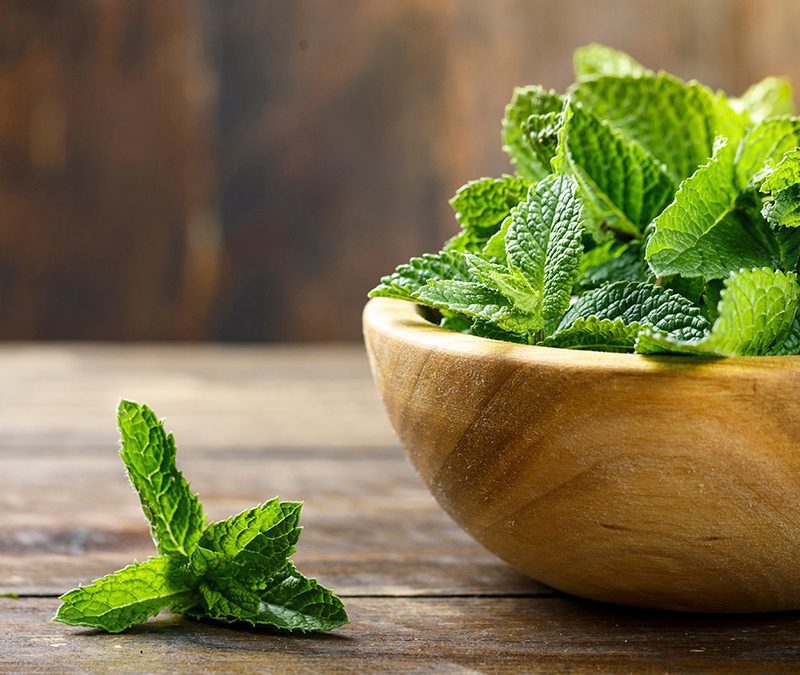
Nov 24, 2022
Mentha (also known as mint, from Greek μίνθα míntha,[2] Linear B mi-ta[3]) is a genus of plants in the family Lamiaceae (mint family).[4] The exact distinction between species is unclear; it is estimated that 13 to 24 species exist.[5][1] Hybridization occurs naturally where some species’ ranges overlap. Many hybrids and cultivars are known.
The genus has a subcosmopolitan distribution across Europe, Africa – (Southern Africa), Asia, Australia – Oceania, North America and South America.[6][7]
The species that make up the genus Mentha are widely distributed and can be found in many environments. Most grow best in wet environments and moist soils. Mints will grow 10–120 cm (4–48 inches) tall and can spread over an indeterminate area. Due to their tendency to spread unchecked, some mints are considered invasive.[8]
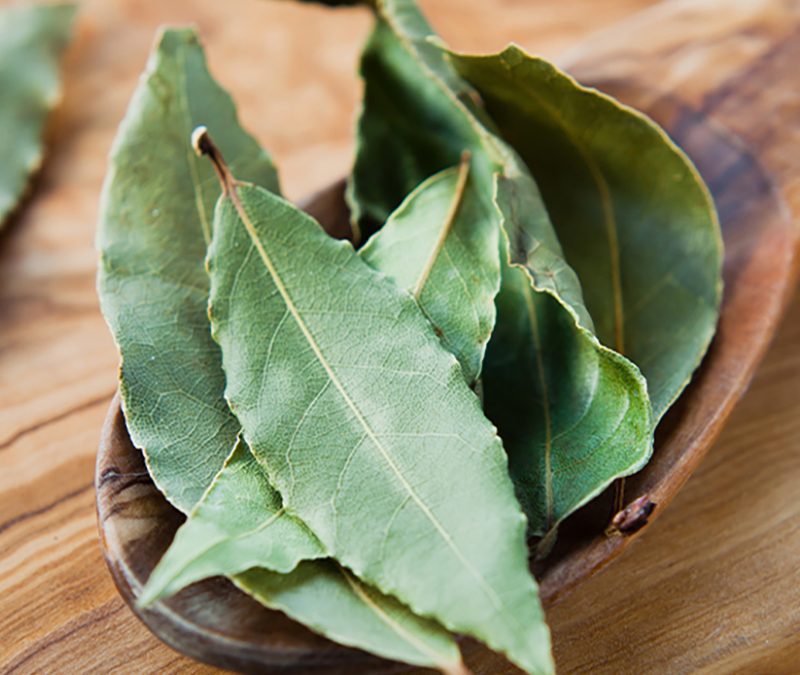
Nov 24, 2022
The bay leaf is an aromatic leaf commonly used in cooking. It can be used whole, either dried or fresh, in which case it is removed from the dish before consumption, or less commonly used in ground form. It may come from several species of tree, the Bay laurel and the California bay tree being the most common. The flavor that a bay leaf imparts to a dish has not been universally agreed upon, but most agree it is a subtle addition

Nov 24, 2022
Turmeric (/ˈtɜːrmərɪk, ˈtjuː-/)[2][3] is a flowering plant, Curcuma longa, of the ginger family, Zingiberaceae, the rhizomes of which are used in cooking.[1] The plant is a perennial, rhizomatous, herbaceous plant native to the Indian subcontinent and Southeast Asia that requires temperatures between 20 and 30 °C (68 and 86 °F) and a considerable amount of annual rainfall to thrive. Plants are gathered each year for their rhizomes, some for propagation in the following season and some for consumption.
The rhizomes are used fresh or boiled in water and dried, after which they are ground into a deep orange-yellow powder commonly used as a coloring and flavoring agent in many Asian cuisines, especially for curries, as well as for dyeing, characteristics imparted by the principal turmeric constituent, curcumin.[4]
Turmeric powder has a warm, bitter, black pepper-like flavor and earthy, mustard-like aroma.
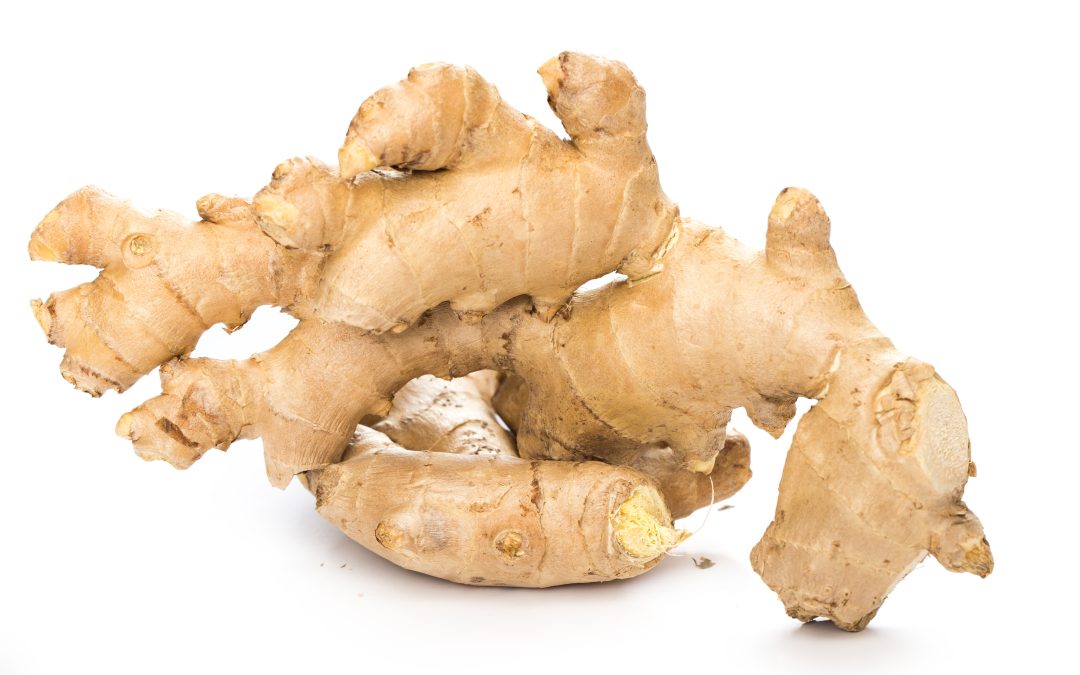
Nov 24, 2022
Ginger (Zingiber officinale) is a flowering plant whose rhizome, ginger root or ginger, is widely used as a spice and a folk medicine.[2] It is a herbaceous perennial which grows annual pseudostems (false stems made of the rolled bases of leaves) about one meter tall bearing narrow leaf blades. The inflorescences bear flowers having pale yellow petals with purple edges, and arise directly from the rhizome on separate shoots.[3]
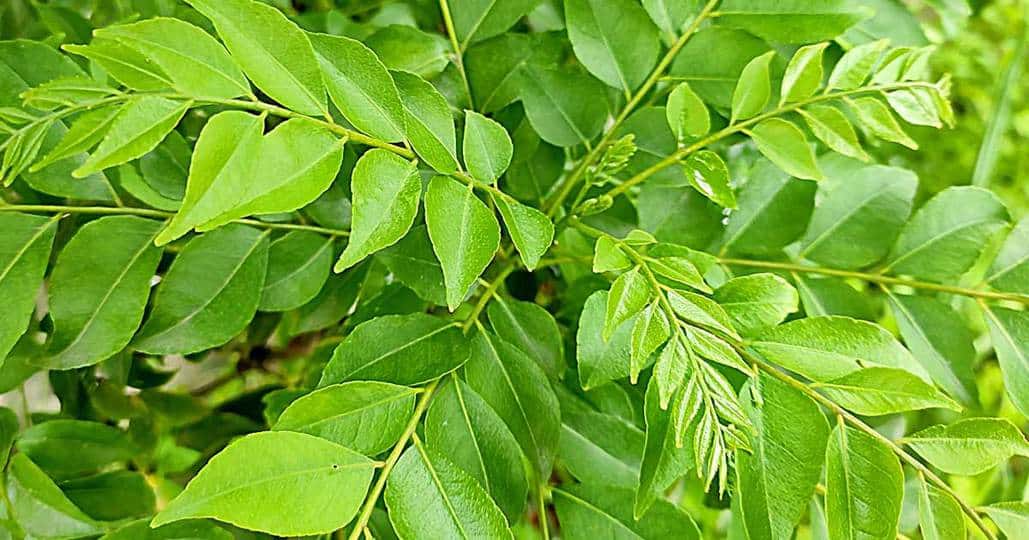
Nov 24, 2022
The curry tree, Murraya koenigii or Bergera koenigii, is a tropical and sub-tropicaltree in the family Rutaceae (the rue family, which includes rue, citrus, and satinwood), native to Asia.[4] The plant is also sometimes called sweet neem, though M. koenigii is in a different family to neem, Azadirachta indica, which is in the related family Meliaceae.







